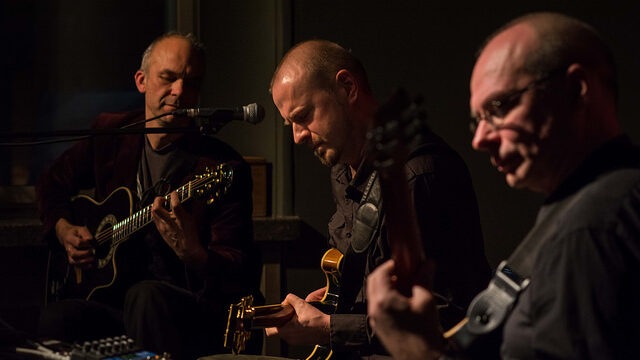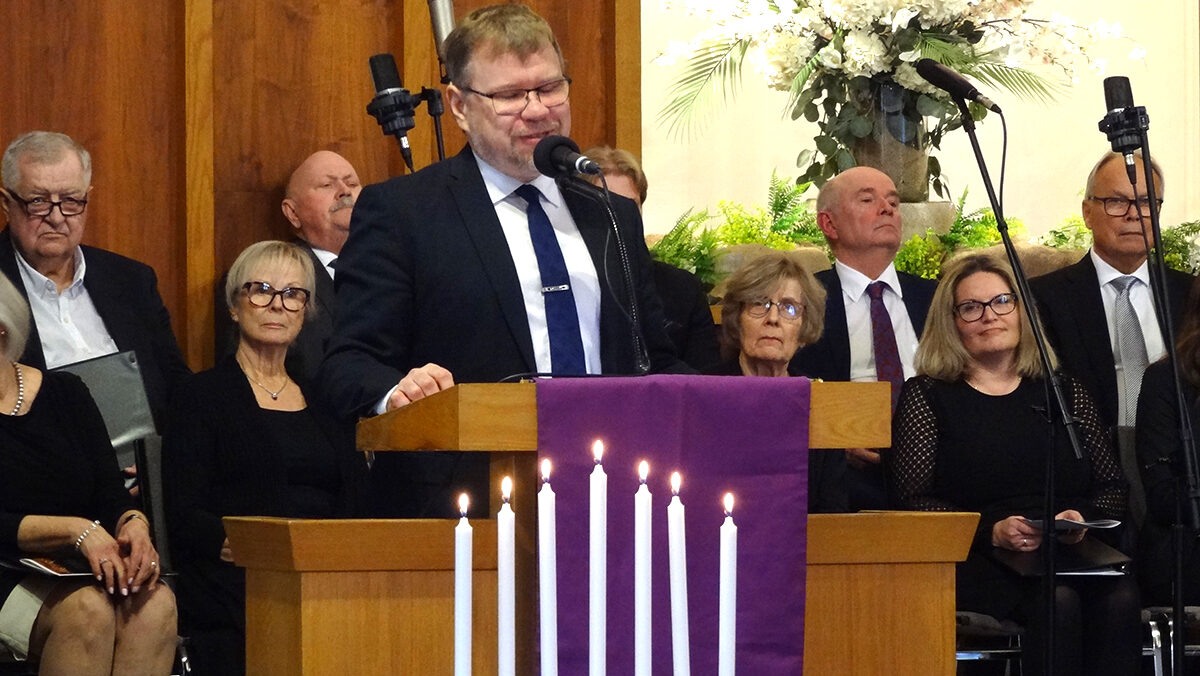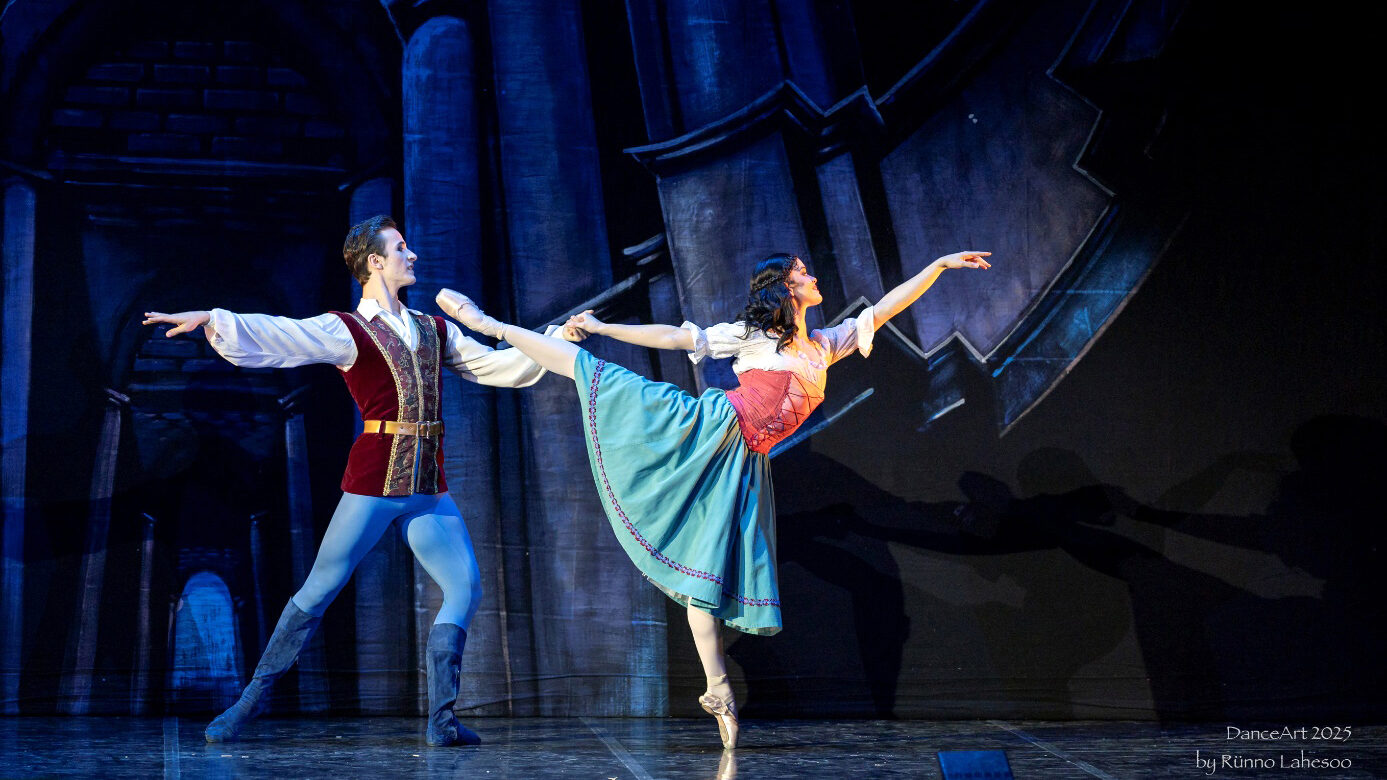Modern pop culture has locked jazz's relevance behind closed doors and swallowed the keys. It's become antiquated and unreachable in its true form; it exists in the collective imagination of younger generations as a reminder of the distant past. Some even say that jazz is <i>dead<i>.
But is this truly the case? Should jazz musicians and critics mourn the loss of the once thriving, exceptionally complex genre?
Those who claim jazz is dead likely hold a narrow view of what the genre encompasses. If we limit our definition of jazz to a sound belonging to a particular decade — such as New Orleans style jazz, which both climaxed and stagnated in the 1920s — then you can definitively argue that jazz died during that time. In 1922, for instance, Vogue contributor Clive Bell claimed that “Jazz is dead — or dying, at any rate — and the moment has come for someone who likes to fancy himself wider awake than his fellows to write its obituary notice.”
But, as a genre, jazz is much broader than that. It has to be. Otherwise, we risk excluding a number of different but equally important artists, audiences, and movements in the evolution of its styles, according to Brian Kane, a professor in the Department of Music at Yale University.
This, then, begs the question: what is jazz? Or, what should it include?
As much as human nature is inclined to pack things away into neatly-defined boxes and categories, music is not always so clear-cut. The claim that jazz is dead ignores the fundamental fact that music does not exist in a vacuum. Genres grow and change, evolving to create new styles that may be equally reminiscent of their roots as they are entirely different.
With one foot in the present and the other in the past, many contemporary artists draw their sound from jazz's DNA. Though indisputably described as a hip-hop record, Kendrick Lamar's To Pimp A Butterfly (2015), for instance,pays homage to the jazz cats of the world. Upbeat tempos alongside the trumpet and piano instrumentals are reminiscent of the swing jazz that was popular in the 1930s. Even Kendrick's syncopation parallels jazz's inherently intuitive yet simultaneously unexpected nature. Jazz hasn't truly died, considering its lasting prevalence and fusion into contemporary sounds.
So, suppose we expand our conception of jazz beyond specific stylistic movements and periods. In that case, we can see that jazz's changes over the years — from the earliest “ragtime” styles to modern-day hip-hop/jazz fusions — are not deaths but rebirths.
Instead of being feared or avoided, these changes should be embraced. Music dies when it becomes unrelatable. But these changes — these rebirths — make various genres relevant in new contexts. Most people are not going to listen to music from centuries past in their day-to-day lives because it's out of sync with their milieu. But music that adapts to changing contexts becomes relatable to modern audiences.
Though its jazz scene is moderate in size, Estonia has kept it alive because its musicians do not cower away from change and rebirth within the genre. They are embracing the avant-garde. Uno Naissoo (1928-1980) was a jazz composer and educator who, after World War II, laid the groundwork for this by combining elements inspired by local Estonian folklore with more traditional American West-Coast jazz — a move that is viewed by many to be the starting point of the Estonian national school of jazz.
Many contemporary Estonian Jazz artists now combine sounds inspired by the country's local context —including electronic or folk-infused instrumentals — with more mainstream jazz styles, creating new fusions and integrating them into jazz's larger collective consciousness.
Formed in 1993, The Weekend Guitar Trio (WGT) consists of Mart Soo, Robert Jürjendal, and Tõnis Leemets. Each member has a different musical background, including jazz, classical guitar, and ambient electronic, respectively. Together, they merge their talents to create a unique, cohesive whole, unphased by strict definitions and limiting boundaries.
“Incorporating an arsenal of effects, a variety of extended techniques and a few choice pieces of peripheral hardware, WGT creates striking soundscapes,” says the band's website. “They cross the borders of jazz, rock, traditional and electronic music… At their concert, you might feel as if [you are] in curved space, where the laws of three-dimensional physics are not valid. The program differs each time, depending on the venue, the atmosphere, the sound, and the audience.”
While remaining true to some of jazz's traditional roots (including improvisation), WGT offers a fresh, innovative take on the genre, inviting modern listeners into the larger jazz continuum who otherwise may not have paid any significant attention to it.
Jazz has never died. It has been reborn throughout the ages. Countries like Estonia, which embrace these changes, are keeping the genre alive.
This article was written by Natalie Jenkins as part of the Local Journalism Initiative.




